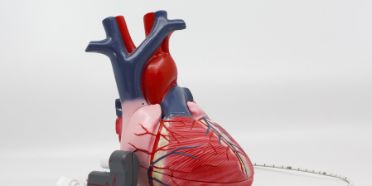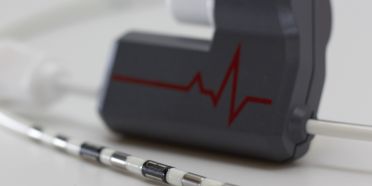Esophageal ECG System for 3D Pacemaker Lead Localization
The esoECG-3D system aims to provide 3-dimensional, real-time visual guidance for electrode lead placement during pacemaker implantation surgery.
Factsheet
- Lead school School of Engineering and Computer Science
- Institute Institute for Human Centered Engineering (HUCE)
- Research unit HUCE / Laboratory for Microelectronics and Medical Devices
- Funding organisation SNSF
- Duration (planned) 01.01.2022 - 30.06.2023
- Project management Prof. Dr. Marcel Jacomet
- Head of project Emily Kathryn Thompson
- Keywords ECG; esoECG; pacemaker; catheter
Situation
To overcome the limitations of state-of-the-art pacemaker lead localization methodologies, we are developing an innovative system for 3-dimensional, non-invasive, real-time pacemaker lead localization using esophageal ECG. The esophageal ECG system (esoECG), consisting of the esoECG-3D catheter and esoLive analysis software, has been investigated for atrial arrhythmia applications and has indicated the ability to localize stimulations from various locations on the heart epicardium. Preliminary data analysis has shown the system can be applied to ventricle pathologies as well: a novel concept for esophageal ECG, which is historically considered limited to atrial applications. A clinical trial in collaboration with Solothurner Spitäler AG is currently underway to acquire the data necessary for the proposed project’s ventricle application proof-of-concept.
Course of action
Throughout the project, we will gather and analyze patient data for determining the robustness of our system in localizing ventricular cardiac stimulation points. We will also be continuously improving our computational software to improve our localization abilities, as well as making improvements to our user interface to ensure usability of the system by cardiac surgeons. The goal of the project is the clinical evaluation of the integrated esoECG system for ventricular pacemaker lead localization using esophageal ECG.


